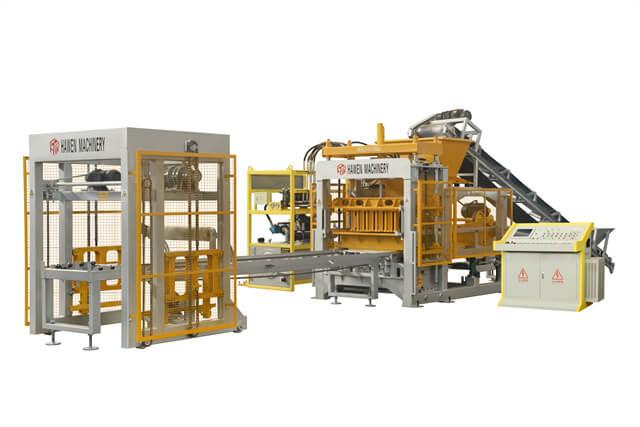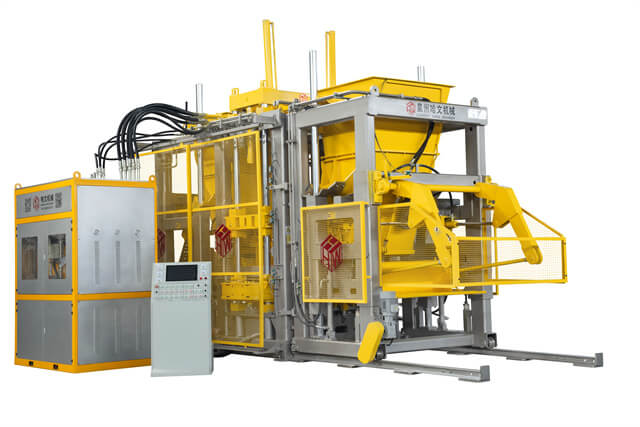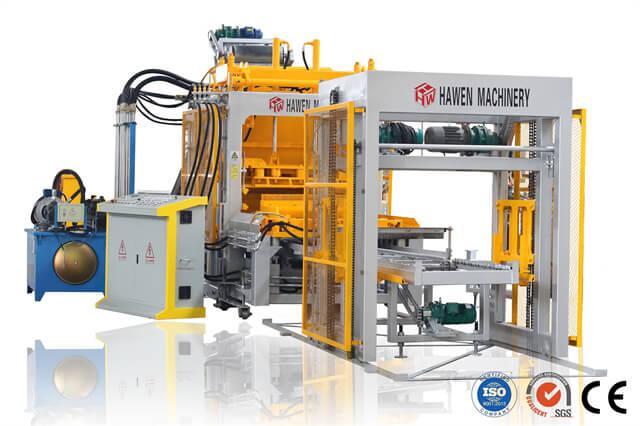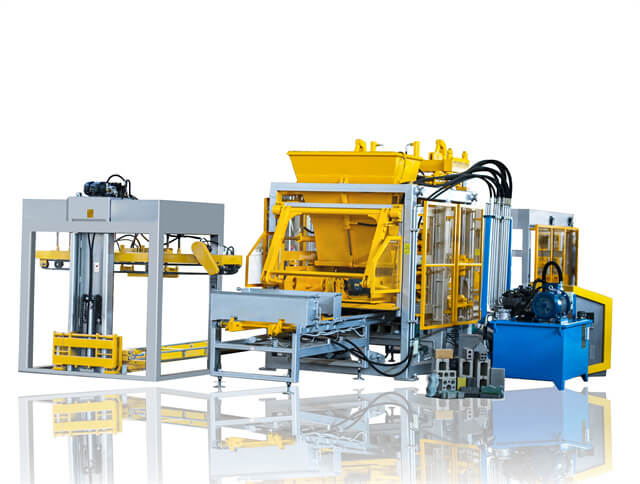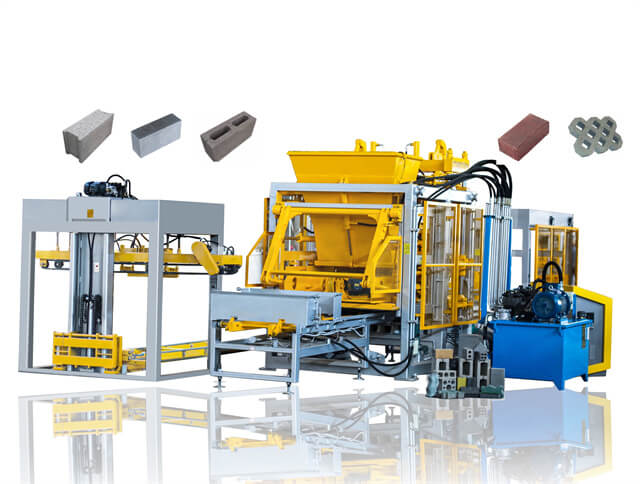Author:HAWEN Block MachineFROM:Brick Production Machine Manufacturer TIME:2024-06-26
The installation and maintenance of hollow block moulding machine are crucial in ensuring its efficient operation and longevity. This article will provide a comprehensive guide on how to install and maintain a hollow block moulding machine, covering various aspects such as equipment setup, regular maintenance, troubleshooting, and safety precautions.
Before starting the installation process, it is essential to choose an appropriate location for the machine. The site should be level, well-drained, and have sufficient space for raw materials and finished products. Once the site is prepared, follow the manufacturer's instructions to assemble the machine components, including the base, mould box, vibrating motor, and hydraulic system.
After the equipment setup, ensure proper electrical and hydraulic connections. Check if the power supply is compatible with the machine's requirements, and install the necessary circuit breakers, switches, and wiring. Connect the hydraulic hoses and fittings according to the manufacturer's specifications, ensuring tight seals and no leakage.
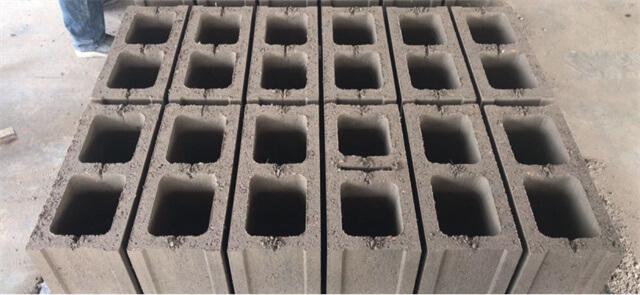
Once the machine is fully assembled and connected, perform a startup and testing procedure. Start the vibrating motor and hydraulic system, and observe the machine's operation for any abnormal noises or vibrations. Test the moulding process by feeding the required materials into the hopper and inspecting the quality and strength of the produced blocks.
To ensure the continuous and efficient operation of the hollow block moulding machine, regular maintenance is essential. This includes routine cleaning of the machine components, inspection of wear and tear, lubrication of moving parts, and replacement of worn-out or damaged parts. Follow the manufacturer's maintenance schedule and guidelines for optimal performance.
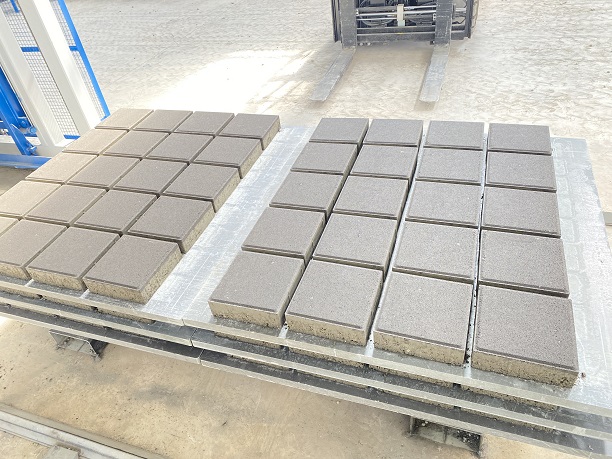
In case of any issues or malfunctions, it is crucial to promptly troubleshoot and rectify the problem. Common problems may include block quality issues, excessive vibration, hydraulic system failures, or electrical faults. Refer to the machine's operation manual and consult with the manufacturer or a qualified technician to diagnose and fix the problem effectively.
Operating a hollow block moulding machine requires strict adherence to safety precautions. Ensure that the operators are trained on the proper operation and safety procedures. Provide protective gear, such as gloves and goggles, to prevent injuries. Regularly inspect the machine and its surroundings for potential hazards, and implement safety measures, such as machine guards and emergency stops.
Proper cleaning and storage of the hollow block moulding machine are necessary, especially during periods of non-use or when relocating the equipment. Thoroughly clean all components, remove any debris or leftover materials, and apply rust-proof and lubricating agents as recommended. Store the machine in a dry and secure location, protecting it from dust, moisture, and unauthorized access.
Lastly, providing training to the machine operators and documenting all installation and maintenance activities is crucial for future reference. Conduct regular training sessions to ensure operators are familiar with the machine's operation, maintenance procedures, and safety guidelines. Maintain detailed records of installation, maintenance, repairs, and any modifications made to the machine.
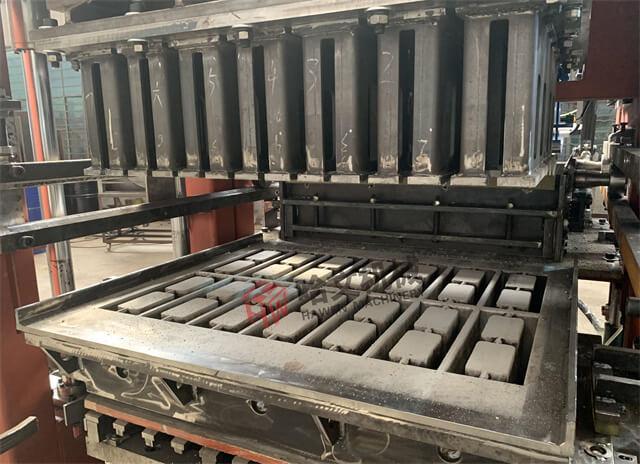
In conclusion, the installation and maintenance of a hollow block moulding machine are vital for its efficient and safe operation. By following the proper equipment setup, conducting regular maintenance, troubleshooting issues, and implementing safety precautions, the machine can consistently produce high-quality blocks while ensuring its longevity and reliability.
